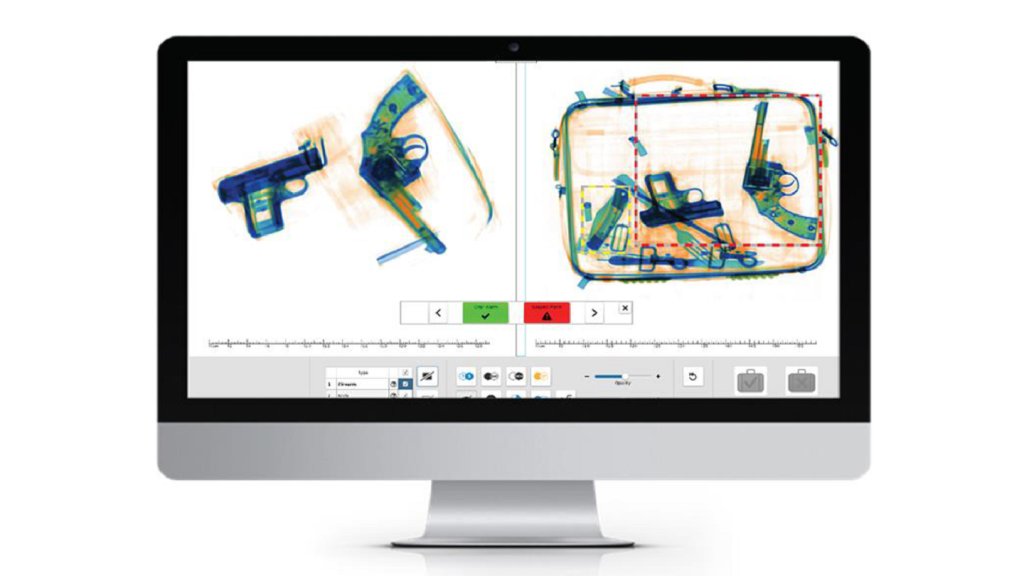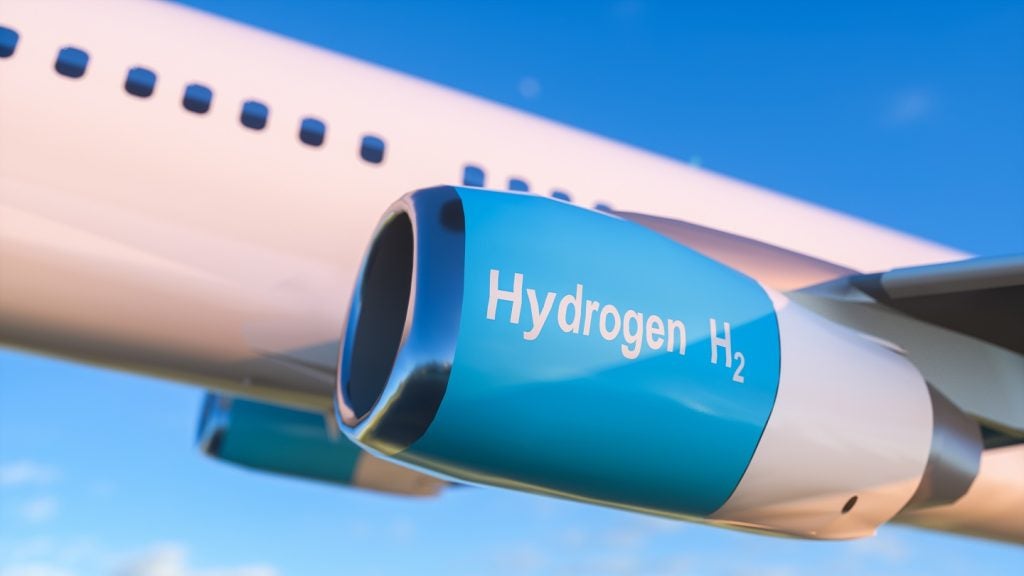Modern-day airports are designed for round-the-clock operation.
With this in mind, those designing and operation them now need to consider and introduce innovative landing aids, guidance and airport landing light solutions.
When it comes to landing lights, these considerations are of paramount importance when it comes to enabling safe operations day and night, in any weather condition.
An Instrument landing system (ILS) is the most common form of radio navigational aid used by pilots when approaching a runway in low visibility conditions.
Visual landing aids such as approach light systems (ALS) and runway markings at airports facilitate the transition from instrument flight to visual flight for landing.
Leading industry suppliers of airport landing lights, landing aids, and lighting solutions
Airport Technology has listed established manufacturers and suppliers of landing aids, guidance and lighting systems for airports.
Our extensive and valuable list includes suppliers of navigational aids, landing lights, airfield ground lighting, airport light signals, obstruction lights, secondary connector kits for cables and wires, airfield guidance signs, and signage lighting.
Within our carefully curated and professionally compile download document, there is a range of information that is useful for airport owners, procurement officers, airport managers, pilots, air traffic controllers, aviation communication specialists, and landing light technicians.
This material could also be useful for a range of other individuals involved in the acquisition, operation and maintenance of airport landing aids, landing lights, and those researching the latest safety solutions.
Our buyer’s guide download contains detailed information on the manufacturers and suppliers, as well as their portfolio and contact details to help with purchasing decisions.
Industry leading solutions and systems for landing aids, landing lights, and general lighting for airports
As the landing lights industry has developed, the range of systems and solutions on the market has grown substantially.
Though each operation will have bespoke requirements to consider, some of the current industry leading systems and solutions for landing lights and landing aids used at airports include, without being restricted to:
- Airfield ground lighting, gate docking and air traffic control solutions
- Airfield lighting products, and approach and navigational lighting aids
- Warning and signalling systems
- Lighting tower and equipment commissioning
- Airport lighting transformers, cables, and connectors
- Lowerable floodlighting and surveillance systems for airport aprons
- Reflective glass beads for runways and taxiways
- Retroreflective systems for airfield markings
- Taxiway guidance signs, including airside and landside signage
Selecting the best landing lights, navigational aids and lighting solutions for airports
Equipping landing aids, guidance and lighting systems with sophisticated computer vision algorithms and automated lighting controls help to ensure uninterrupted airport operations.
Compliance with the International Civil Aviation Organization (ICAO), the US Federal Aviation Administration (FAA), CAP 168 regulations and other relevant international standards is vital during the selection of radio navigational and visual aids for airports.
FAQs
1. What are the key components of an airport landing guidance system?
Airport landing guidance systems are critical for ensuring safe landings, particularly in low-visibility conditions. These systems typically include Instrument Landing Systems (ILS), Precision Approach Path Indicators (PAPI), and Approach Lighting Systems (ALS). ILS provides precise horizontal and vertical guidance during landing, while PAPI visually guides pilots on the correct glide path. ALS enhances visibility during the approach, making it easier to line up with the runway. Together, these systems work to maintain safety and efficiency in a variety of weather conditions.
2. Why is lighting important in airport operations?
Lighting is essential for safe aircraft navigation, particularly during night-time operations or in adverse weather. Runway and taxiway lighting systems guide pilots on the ground and in the air, ensuring they can clearly see the boundaries, obstacles, and the correct paths. The lighting systems are also important for reducing runway incursions, enhancing the visibility of aircraft, vehicles, and personnel moving around the airfield, thereby preventing accidents.
3. What are the environmental considerations for airport lighting?
Airports are increasingly focusing on sustainability, and lighting systems play a key role in this. Many modern airports are transitioning to energy-efficient LED lighting to reduce electricity consumption and maintenance costs.
LEDs have a longer lifespan than traditional incandescent bulbs, which decreases the frequency of replacements and reduces the environmental impact.
Moreover, systems that allow lighting to be adjusted based on traffic needs or weather conditions further help in minimising energy usage.
4. How does technology improve landing and lighting systems at airports?
Technological advancements have significantly improved the precision and reliability of airport landing and lighting systems.
Integration with digital technologies such as satellite-based navigation and automated lighting controls helps enhance safety and operational efficiency. Some airports are also employing advanced lighting systems that can adjust intensity based on weather and visibility, improving pilot orientation.
Additionally, airport lighting systems are increasingly connected to centralised control units, allowing operators to monitor and manage lighting from a single point, reducing human error.
5. What challenges do airports face in maintaining landing guidance and lighting systems?
One of the main challenges is ensuring that the systems remain operational under all weather conditions, including fog, heavy rain, or snow.
Maintaining such systems is resource-intensive and often requires high levels of coordination between various teams.
Other issues include managing energy consumption, especially as airports adopt more sustainable practices, and integrating new technologies without causing disruptions to ongoing operations. Regular maintenance and upgrading of infrastructure are essential to avoid costly outages that can lead to delays and safety concerns.






